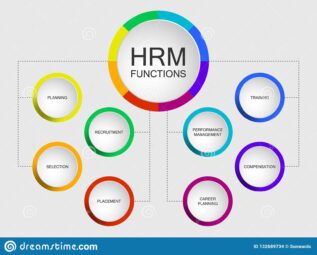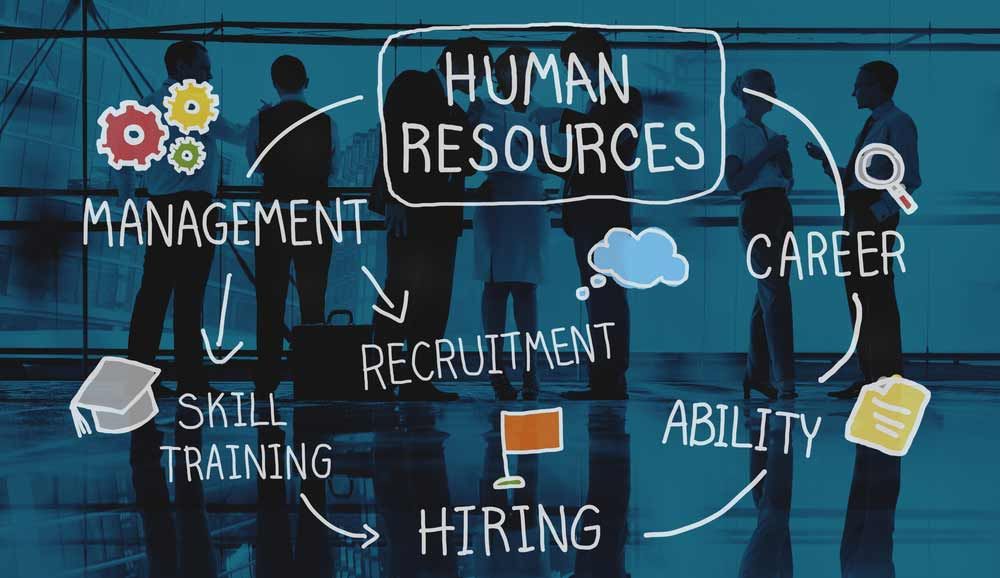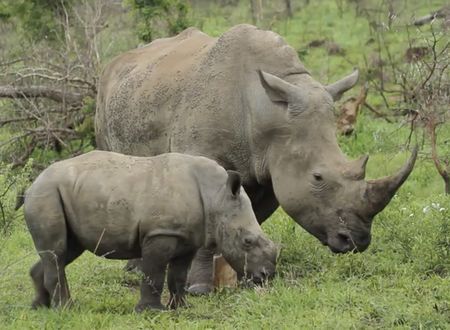Functions of Human Resource Management:

( A ) Managerial Functions :
Maine zero functions indicate the functions which are to be performed to manage the people’s job which is not an easy task. These may be explained as :
1. Planning – It deals with the determination of the future codes of action to achieve the desired results. It is a base of every work to be done. It is a selection of future courses of action from among cellar alternatives. It is deciding in advance what to do, when to do, who to do and when to do it. It is the gap between where we are and where we want to go. By proper planning we can find out the possible difficulties which may come out in the future and their avoidance may also be thought over. It helps to face the change that I am likely to face in the future.
2. Organizing – An organization is a structure, a framework and a process by which a Cooperative group of human beings allocate its task among its members, at the identified relationship and integrate its activities towards common objective organization is a frame of the basic structure of personal Movement. Organizing is a process of educating tasks among the number of groups establishing authority and responsibility relationships among them and integrating the activities towards the common objective. The right organization structure is the foundation of effective management because without it best performance in all other areas will be ineffective.
3. Directing – Where, when and what action is to be taken and how is to be communicated among the line and staff, is direction. It is the heart of the managerial process because it is involved with initiating action. It determines the course, giving orders instructions providing the dynamic leadership leading executive guiding, supervising and ordering. It is not a direction it has to secure the willing and effective corporation of employees for attaining organizational goals. The maximum potential of employees the success of the organization depends on the direction of things rather than the design.
4. Controlling – Control implies checking, verifying and regulating to ensure that everything occurs to confirm the plants adopted and the instructions issued. It is a process that measures current performance and guides it towards some predetermined goal. It is true control that action and operations are registered to treat the term in standard and its basis is the information in the hands of managers. It is necessary to ensure that the activities are being carried out in the accordance with the stated plans.
5. Co – ordination – It is the orderly arrangement of group effort to provide unity of action in pursuit of a common purpose. It is the integration of group efforts in the enterprise towards the complement of common objectives. It refers to the balancing timing and integrating activities so that a unity of action results in the achievement of common purpose. The Personnel department has to co-ordinate the task of developing, interpreting and reviewing organizational policies, practices and programs related to personnel.
6. Staffing – It means appointment of an able managing stop to supervise the work done in the organization. Human resource management not only keeps the staff active but it manages to obtain the best results by developing the ability of the supervisory staff. Include inspecting officers, seniors and juniors, manager and even General Manager. Being conducted at various points of time to improve the knowledge of the staff.
( B ) – Operative Functions :
The operative functions of human resource management are concerned with the task related to the personnel department. Specifically, they deal with procurement ,development, compensation, retaining effectiveness and advising functions. These may be explained as:
1.Procurement Functions:
( i ) Human resource planning – it is the process that estimates the present and future requirements of the manpower in the organization. It takes steps to arrange the human resource needed at present and formulas the action programs to fulfill the difference in man power.
( ii ) Job analysis – It deals with the detailed information concerned with the operations and responsibilities involved in the job. It helps us to identify the need of Manpower in our organization.
( iii ) Selection – It is the process of ascertaining the qualifications, experience , common knowledge etc of an applicant with a view to praying for his or her status in a job. It employed judging the suitability of different candidates for jobs in the organization and choosing the most appropriate people.
( iv ) Placement – It is basically entrusted with the process of assigning the selected candidates with the suitable job. The processes to match the employer’s specification with the requirement of the job.
( v ) Promotion – It refers to the shifting of an employee to a higher position carrying higher status, responsibilities and pay etc.
2. Development Functions :
( i ) Training – It is a systematic process by which employees learn abilities, attitude, knowledge and skills to organize and personal goals. It is vocational. It is essential practical consisting of knowledge and skills required to perform specific tasks. It is of short duration. It is quick and apparent.
( ii ) Management Development – It is the duty of the management to conduct and design the suitable executive development programmes. The managerial and human relation skills of employees.
3. Maintenance Functions:
( i ) Welfare Scheme – Welfare schemes include entertainment, opening canteen to daily – use articles , establishment of cludes, publish magazine, provide residence on cheaper rates, opening school for employer’s children, providing loans to employees and other social activities included under this section.
( ii ) Safety – It is the basic and primary requirement in a company. Unless the life of workers is secure, smooth and proper working is not possible in the factory. Fencing of machinery, employment of young persons on dangerous machines, self acting machines, voice and lips revolving machinery, pressure plant, excessive weight protection of ice floors in dust, gas precaution in case of safety of building and machinery, safety officer maintenance of building extra are the most important safety considerations.
( iii ) Medical – It indicates the reimbursement of medical expenses of an employee for himself or for the family. It is also very beneficial to bring a feeling in the employee to feel himself as an integral part of the organization.









Comments & Discussion
37 COMMENTS
Please login to read members' comments and participate in the discussion.